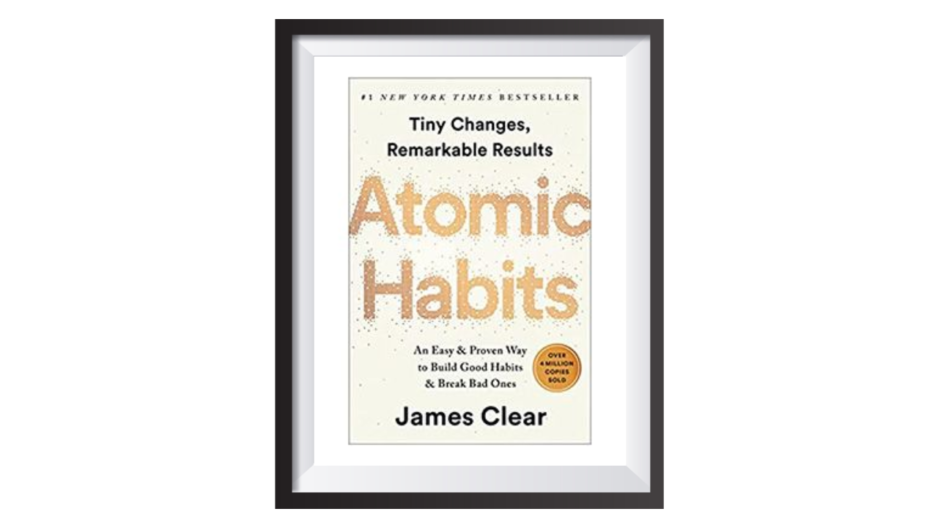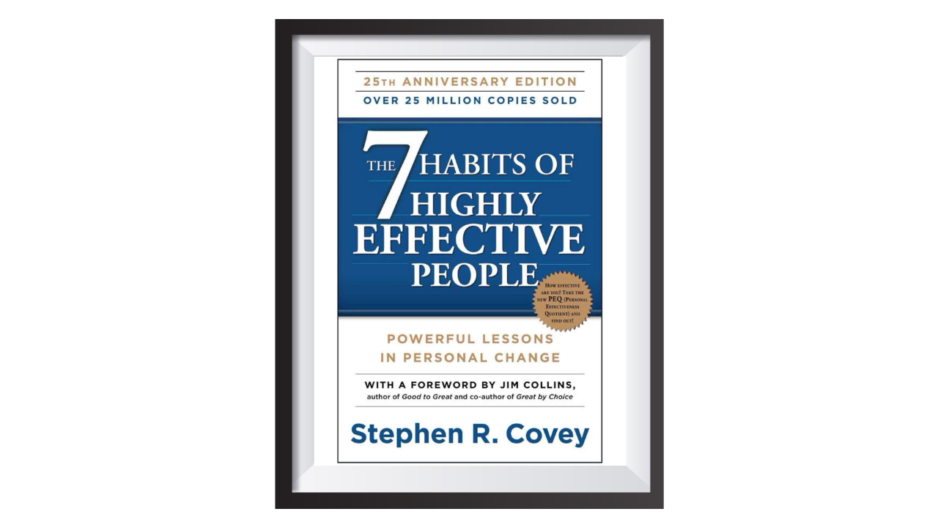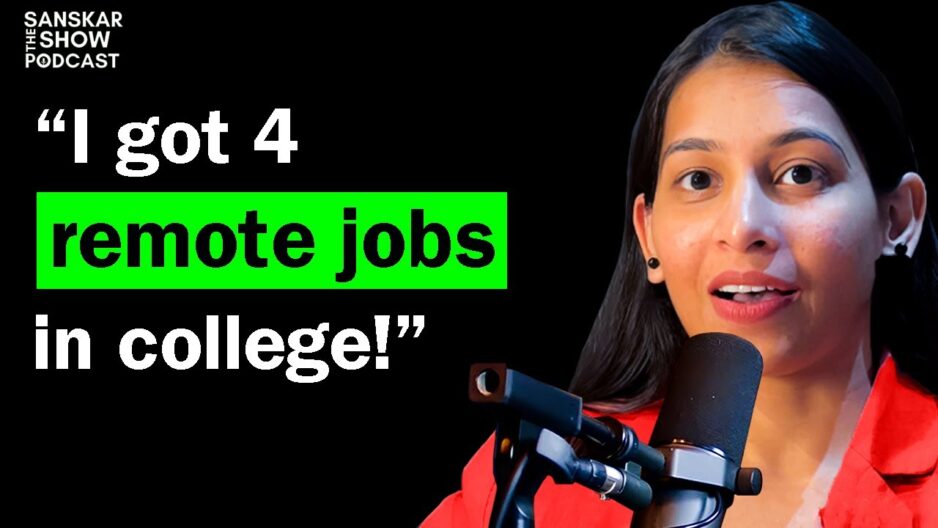“द पावर ऑफ नाऊ: एक स्पिरिचुअल एन्लाइटेनमेंट” (The Power of Now: A Guide to Spiritual Enlightenment) लेखक ईकहार्ट टोले (Eckhart Tolle) की गहरी जानकारी देती है जो चेतना के स्वरूप और वर्तमान क्षण में जीने के महत्व को उजागर करती है।
मुख्य बातें:
1. वर्तमान क्षण (The Present Moment):
- वर्तमान क्षण ही वास्तविकता है। भूतकाल और भविष्य मात्र मन की उत्पन्न धारणाएं हैं।
- वर्तमान क्षण पर ध्यान केंद्रित करके, आप गहरी शांति और पूर्णता की स्थिति का अनुभव कर सकते हैं।
2. आत्मविश्वास और पहचान (Ego and Identification):
- आत्मविश्वास एक झूठी पहचान है जो मन की विचार धारणाओं के साथ उत्पन्न होती है।
- आत्मविश्वास भूतकाल या भविष्य में बसने से पीड़ा का कारण बनता है।
3. जागरूकता और उपस्थिति (Awareness and Presence):
- वास्तविक मुक्ति अहंकार को पार करके और वर्तमान क्षण की जागरूकता को पूर्णतया करने से आती है।
- उपस्थिति उच्च संज्ञान की अवस्था है जिसमें आप अपने आसपास के और अंदर के अनुभवों की पूर्णता से जागरूक होते हैं।
4. समर्पण और स्वीकृति (Surrender and Acceptance):
- वर्तमान क्षण को स्वीकार करना मतलब यह है कि आप जो कुछ भी उत्पन्न होता है उसे विरोध के बिना स्वीकार करते हैं।
- स्वीकृति आत्मसात नहीं करता है बल्कि बिना निर्णय के वर्तमान क्षण की वास्तविकता को मानता है।
5. वर्तमान क्षण की शक्ति दैनिक जीवन में (The Power of Now in Everyday Life):
- जैसे खाना, चलना, या काम करने जैसे दैनिक गतिविधियों में स्मृतिचित्त और उपस्थिति का अभ्यास करने से आप जीवन का अनुभव परिवर्तित कर सकते हैं।
- भूतकाल और भविष्य को छोड़कर, आप अपने आप को अनावश्यक तनाव और चिंता से मुक्त कर सकते हैं।
6. विचार को पार करना (Transcending Thought):
- विचार एक उपकरण है जो कुशलतापूर्वक प्रयोग किया जा सकता है लेकिन जब यह आपकी चेतना को नियंत्रित करता है, तो यह दुख पैदा करता है।
- अपने विचारों को अटैचमेंट के बिना देखने से आप उनसे अलग हो जाते हैं और एक गहरे स्तर par पहुंचते हैं।
7. आंतरिक शांति और आनंद:
- आंतरिक शांति और आनंद बाहरी परिस्थितियों पर निर्भर नहीं हैं बल्कि ये अंदर से उत्पन्न होते हैं।
- अपने आंतरिक सत्ता से फिर से जुड़कर, आप एक गहरा और उत्तेजक भावनाओं और पूर्णता का अनुभव कर सकते हैं।












